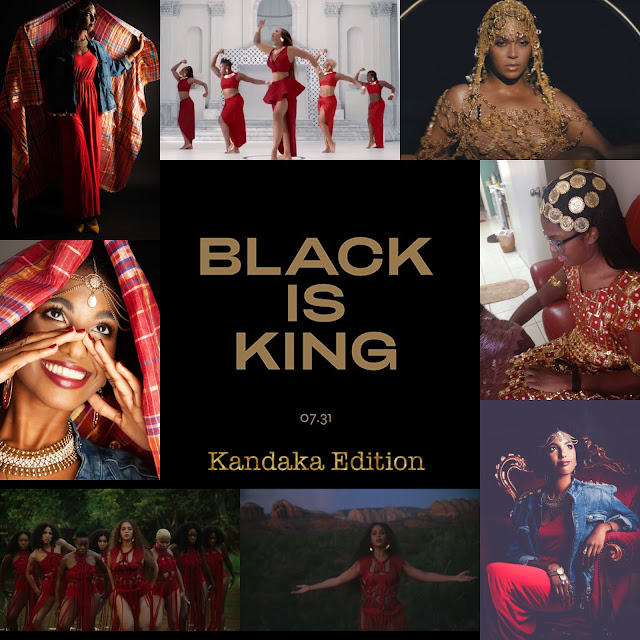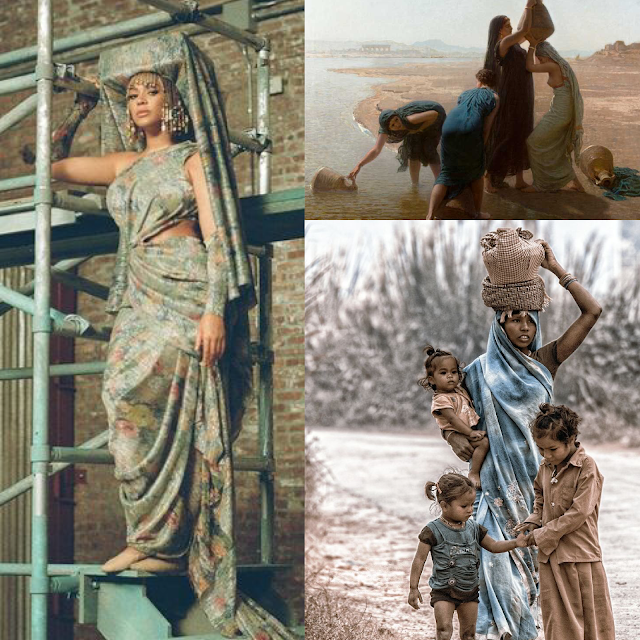Queen B has returned and dropped Black Is King . This is a visual album to The Lion King: The Gift released last year along with the remake of the childhood classic.
The aesthetic of this new release showcased black excellence at it finest and incorporating many transitions from all over Africa, with influences from the Arab and India cultures.
It’s representation like this that need to be showcased continuously and allow many of us to pride in our culture and traditions, as well as creating our own in the present day.
For example; originally my family are from Sudan and I was lucky enough to find some interesting similarities to some of the culture and traditions that we uphold till this day.
Sudanese toub ( Sari equivalent) is something we still wear everyday and is mainly worn by married women. This is traced back to Nubian pharaoh times and seen by the women of the Nile, as well as in Indian wedding traditions.
The similarities between Indian and Sudanese weddings is the duration of the wedding, which lasts about a week long and includes; henna parties for both the bride and groom and the difference Indian henna is mainly brown and Sudanese use black dye. Also in both weddings the bride is asked to wear as a symbol of prosperity and fertility and have special ceremonies which symbolize a rite of passage.
Here’s a simple comparison I did with my friend Shivangi Gandhi who is currently living in Mumbai as I noticed how similar our traditions are;
In Sudan, this ceremony is called a “Jirtig” and is mainly performed by the elder women in the family to bless the newlyweds with homemade scents and oils.
“ The significance of wearing red in an indian wedding is because red symbolises the married woman, in Hindi called ‘Suhagan’ . Gold is auspicious in the indian culture so it is used in the traditional Indian wedding dress. The golden borders and embroidery are created with golden ‘zari’ threads or sometimes it can be real gold thread. The ceremony the bride wears this outfit for is called ‘Phera’ which symbolises the sanctity of marriage in the presence of the Lord and holy fire.” - Shivangi Gandhi
A special dance is also performed by the bride in front of her mother, sisters, aunties and female in-laws. The reason for this is to show hope fertile she would be.
Many young brides have also taken inspiration from Arabic belly dancing and wear frilly outfits, which allows their bodies to flow freely.
Headdresses with gold beads, coins and shells represented wealth and royalty and were mainly worn by the ancient Egyptians and Nubians queens (or Kandakas) .
These are just a few similarities, which I discovered from watching the movie. I’m certain if you look hard enough, you will be able to discover your own roots and culture within. One thing I can take from watching this movie is how black excellence is represented with such beauty and grace and it makes me even more proud of my roots.
Follow me on Twitter/Instagram (@azza_urbanista)








.png)









No comments